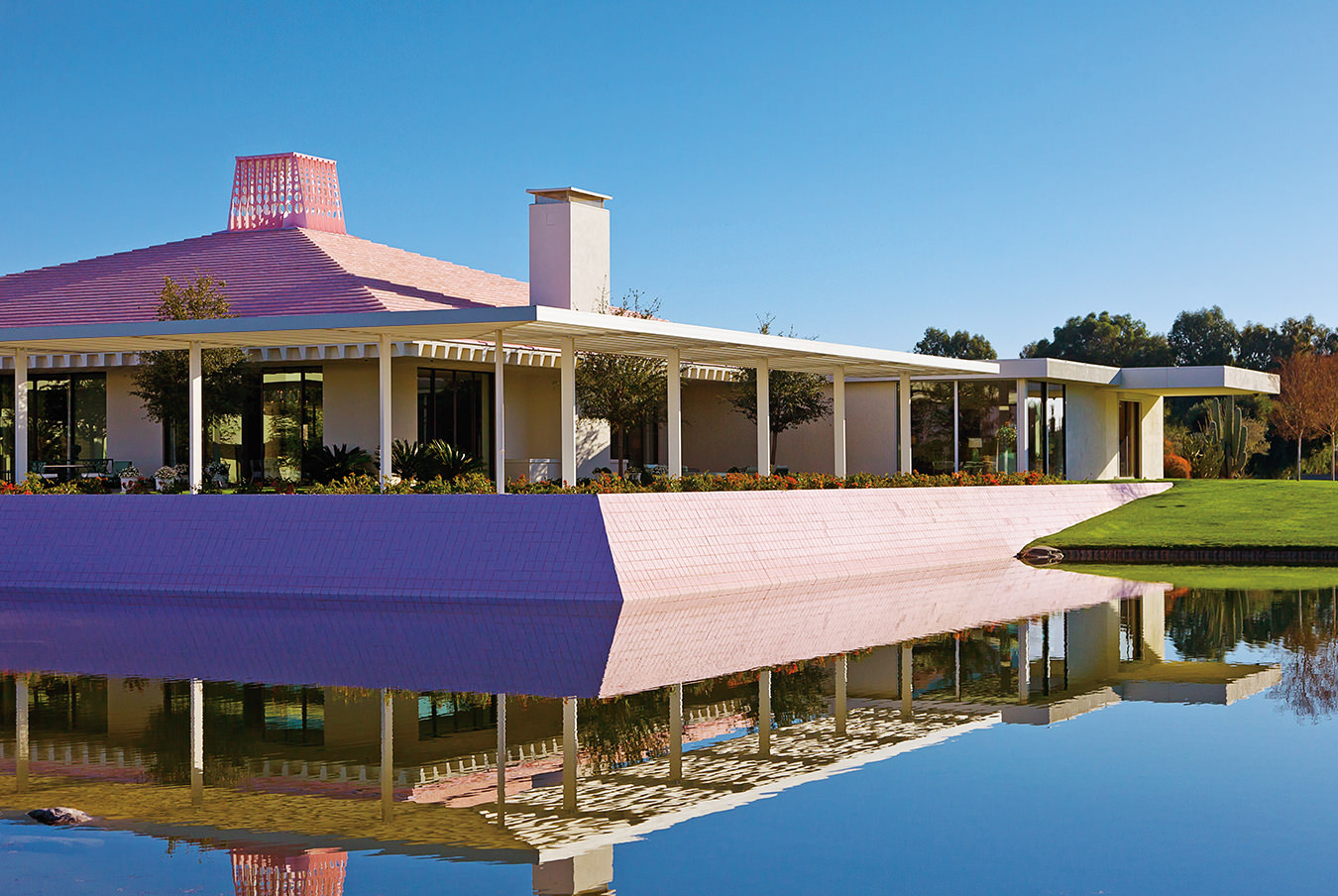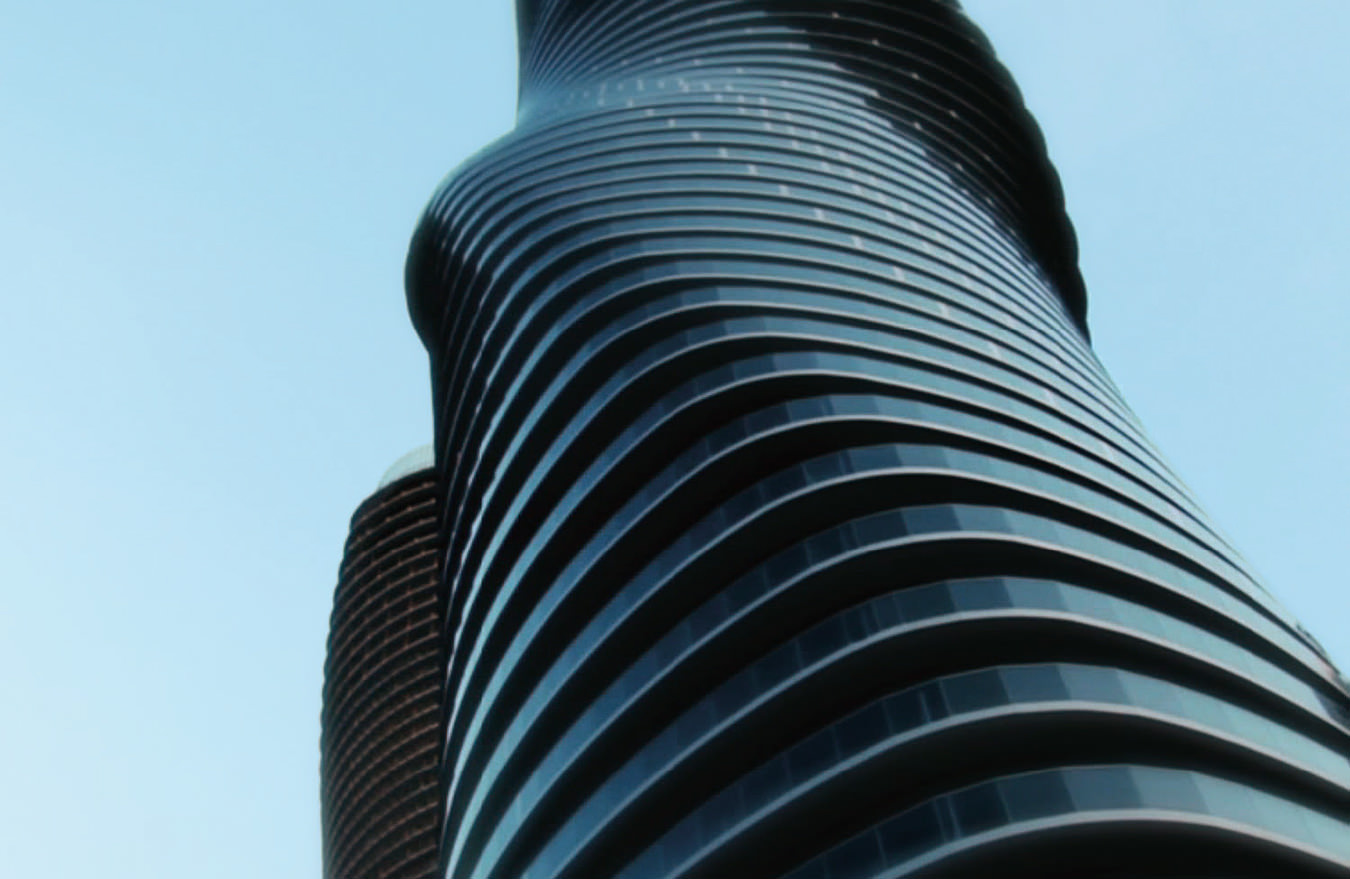The Mid-Century Modern Style of Carlo Scarpa
“If you want to be happy all your life, make a garden.” Carlo Scarpa

For students of architecture, the Venetian countryside is a place of pilgrimage. Renaissance master Andrea Palladio’s 16th-century villas can be found exclusively in Veneto, where helpful UNESCO Heritage signs point the way to his classical country estates.
More than 450 years later, another Venetian architect’s work is drawing visitors to northeastern Italy. The midcentury modern masterpieces of Carlo Scarpa (1906-1978) are gaining new-found appreciation.
Scarpa’s inspiration comes less from antiquity than from his study of Japanese design and a reverence for modern craftsmanship and detail. Three sites in and around Venice demonstrate why this underappreciated architect should be on every design aficionado’s radar.
Scarpa Garden at Querini Stampalia Foundation
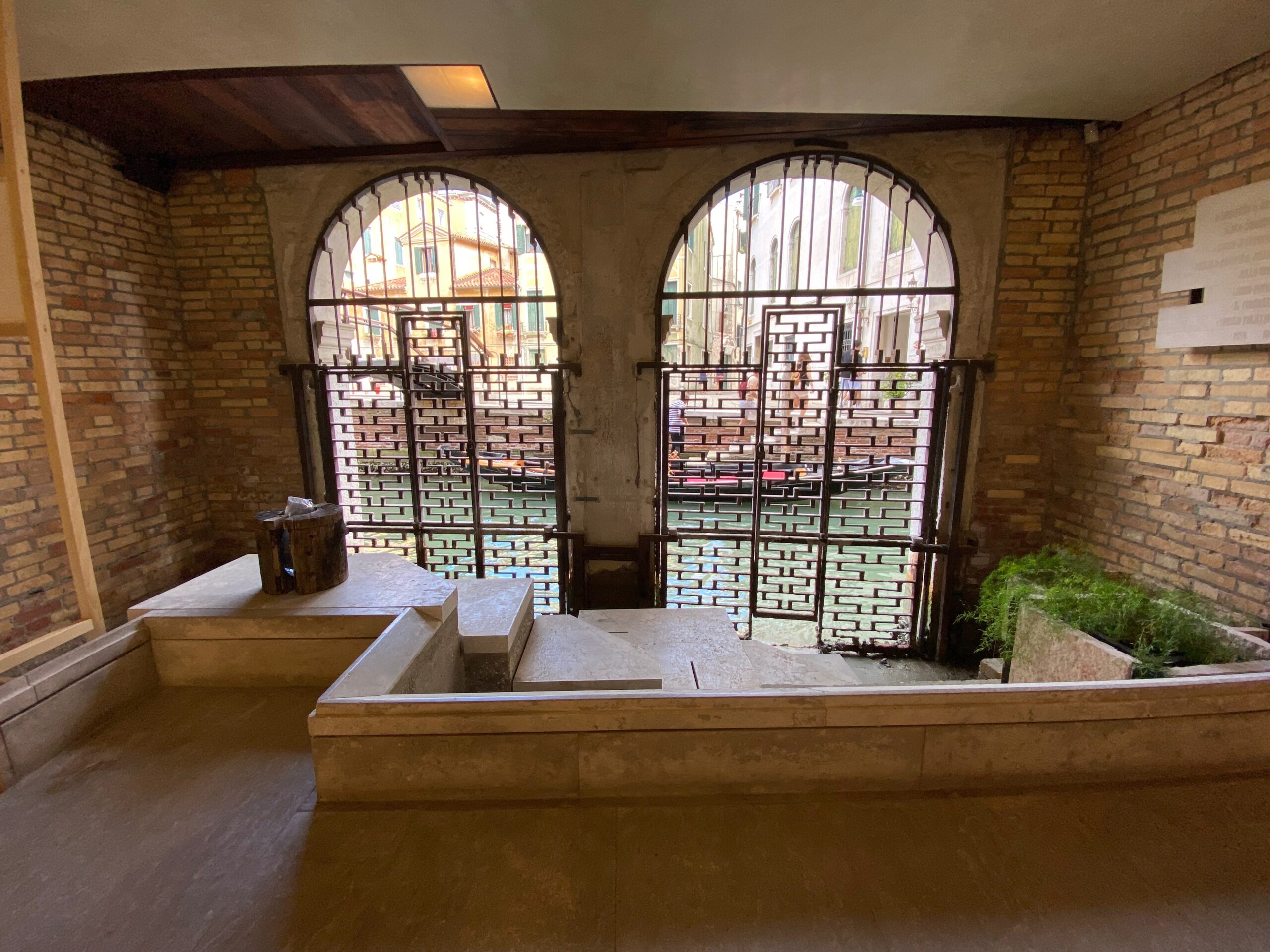
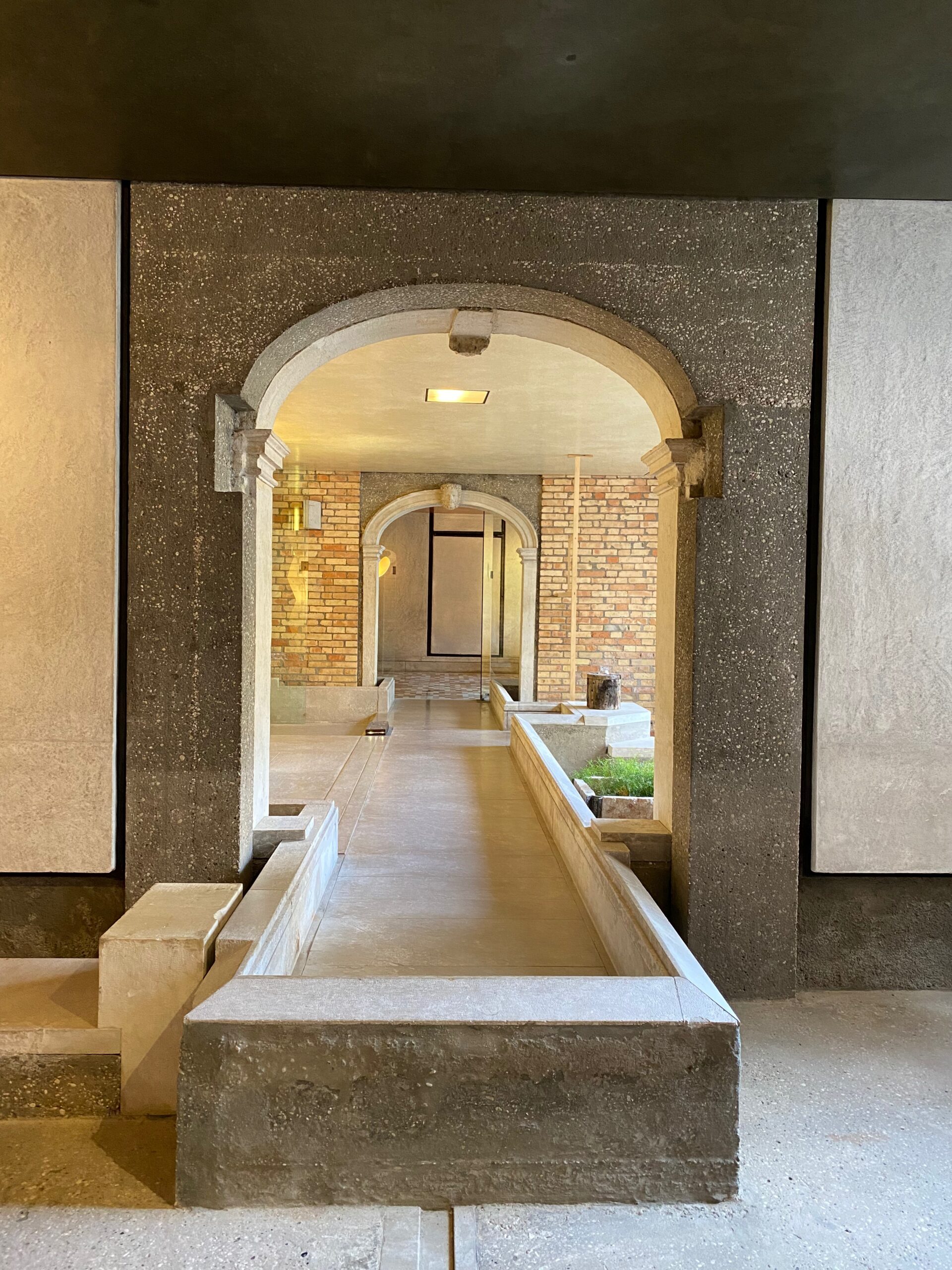
The Querini Stampalia Foundation Museum, tucked in a quiet corner of Venice’s Castello district, is in the only palace to survive the end of the Venetian Republic. In 1949, Scarpa was engaged to restore the damaged ground floor and palace garden.
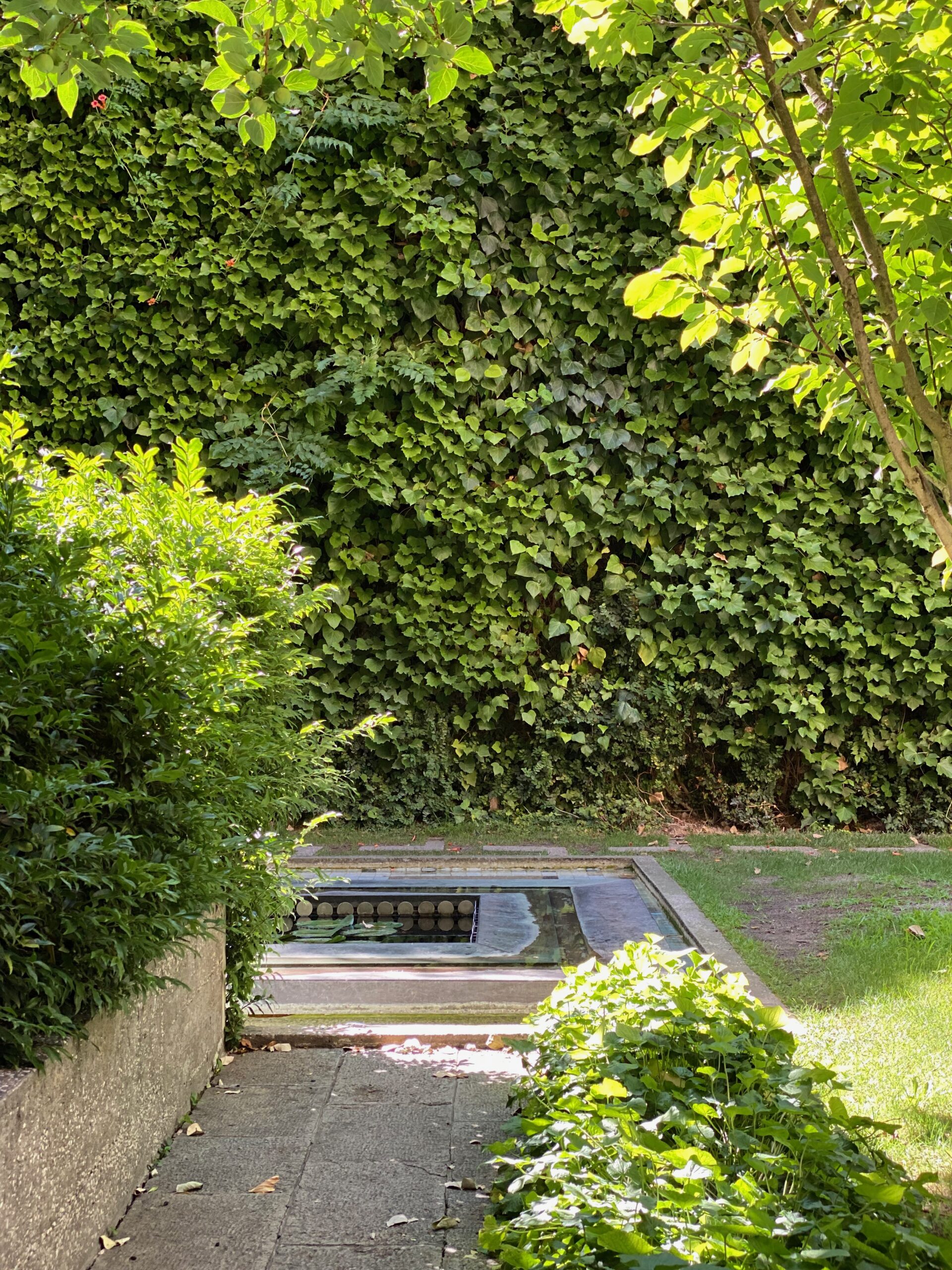
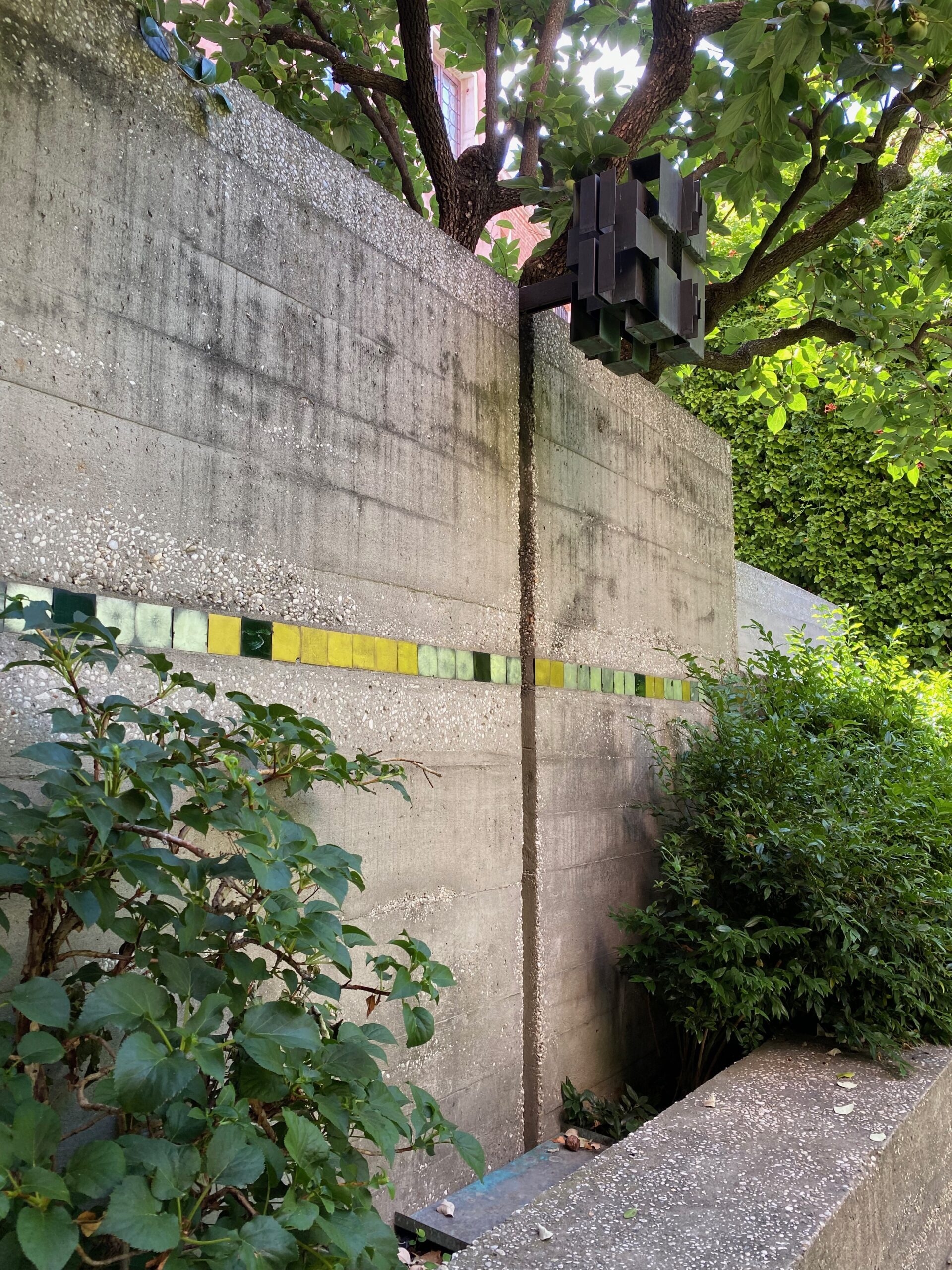
Scarpa’s raised garden is a world away from the city’s crowded tourist passages. The tranquil, jewel-box space is protected from view by high red-brick walls covered in a curtain of green ivy. Trees provide welcome shade next to water features in the form of two fountains, one simply framed in concrete, the other a geometric labyrinth in alabaster.
The Olivetti Showroom

In the late 1950s, Adriano Olivetti commissioned Scarpa to design a display space for his products. The Olivetti Showroom, on the northern edge of Piazza San Marco in Venice, is a two-storey space that eclipses the typewriters and calculators it was built to showcase.
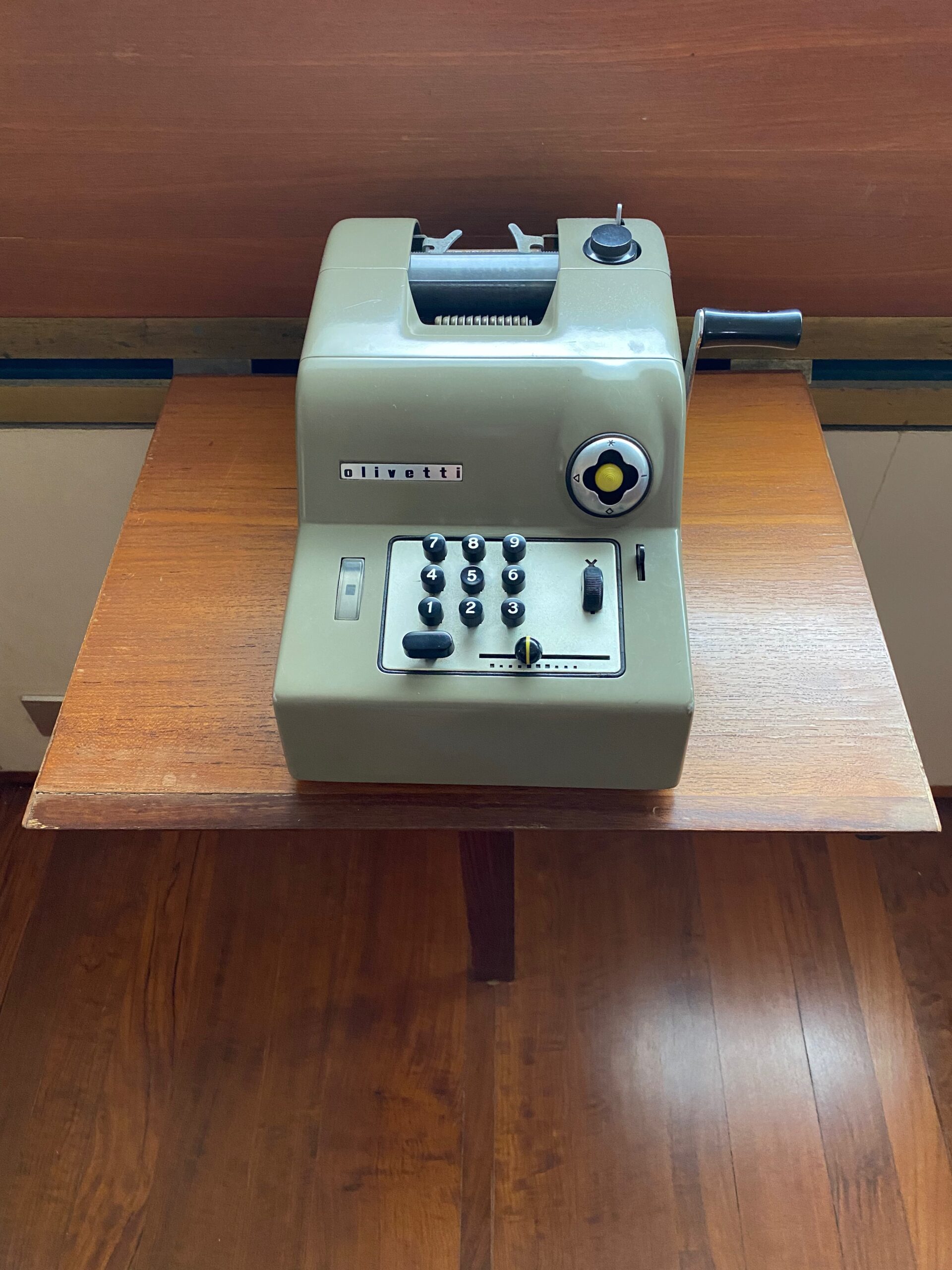
The marble slabs of the staircase appear to float over a colourful mosaic-tile floor, leading visitors up to narrow galleries lined in smooth concrete. Eye-shaped wooden screens simultaneously offer privacy and admit light into the space.
The Brion Tomb and Sanctuary
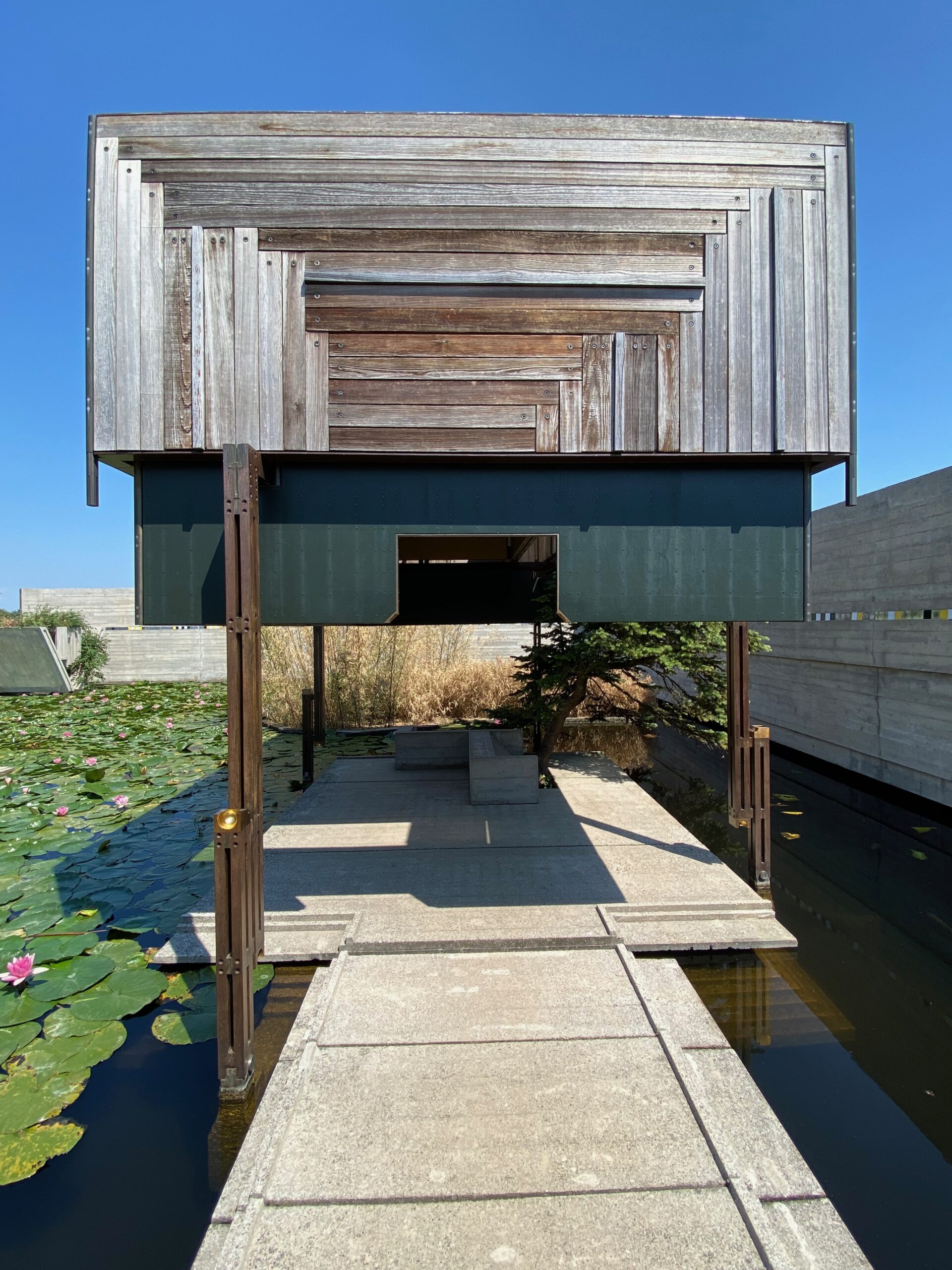
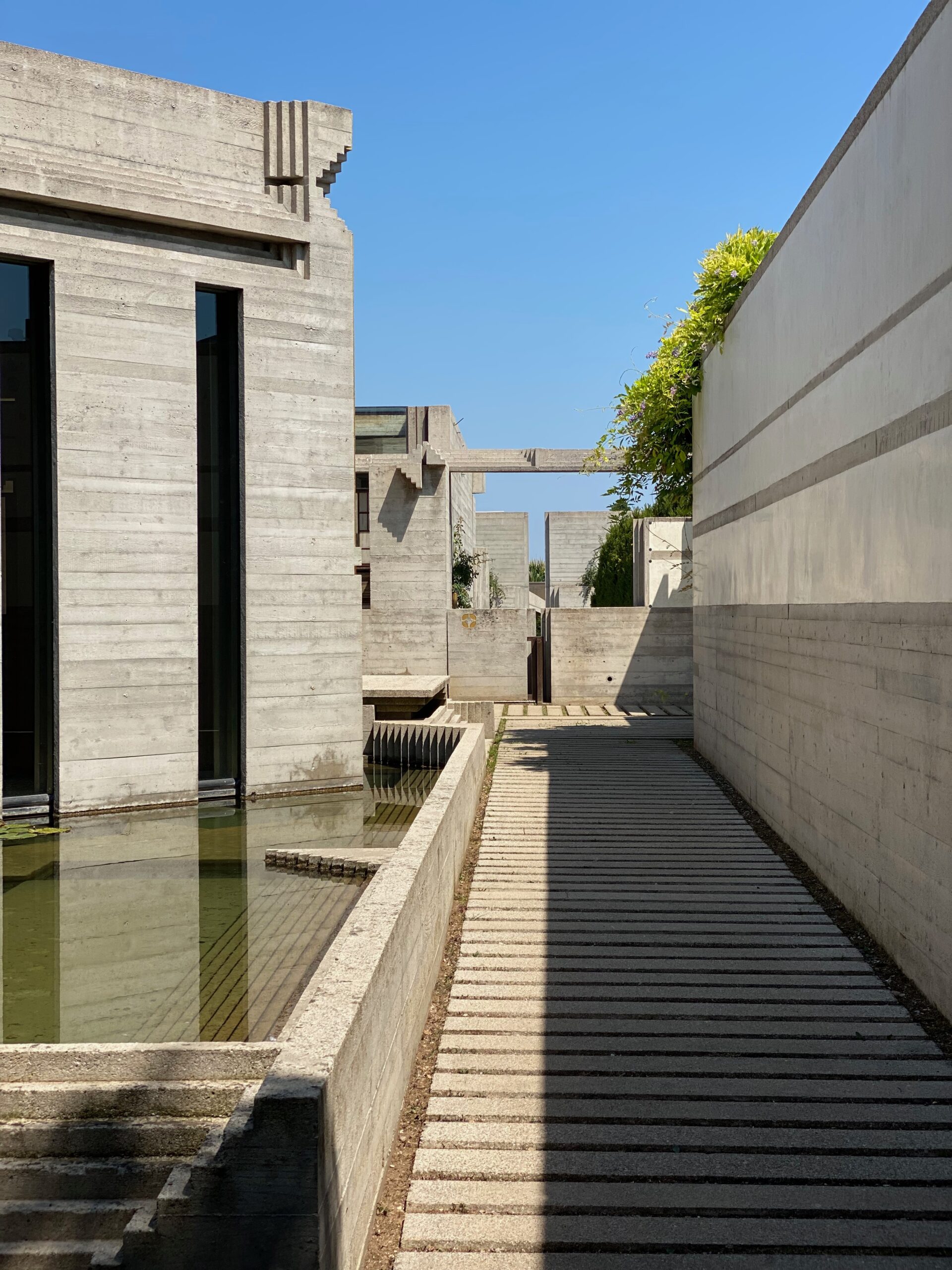
Scarpa’s greatest project was also his last, the magnificent Tomba Brion (Brion Tomb), completed in 1978. This architectural masterpiece–a testament to everlasting love–is off the beaten path in San Vito di Altivole, about an hour northwest of Venice. The Brion family granted Scarpa nearly unlimited licence to oversee the design of the more than 21,000-square-foot garden and tomb complex.
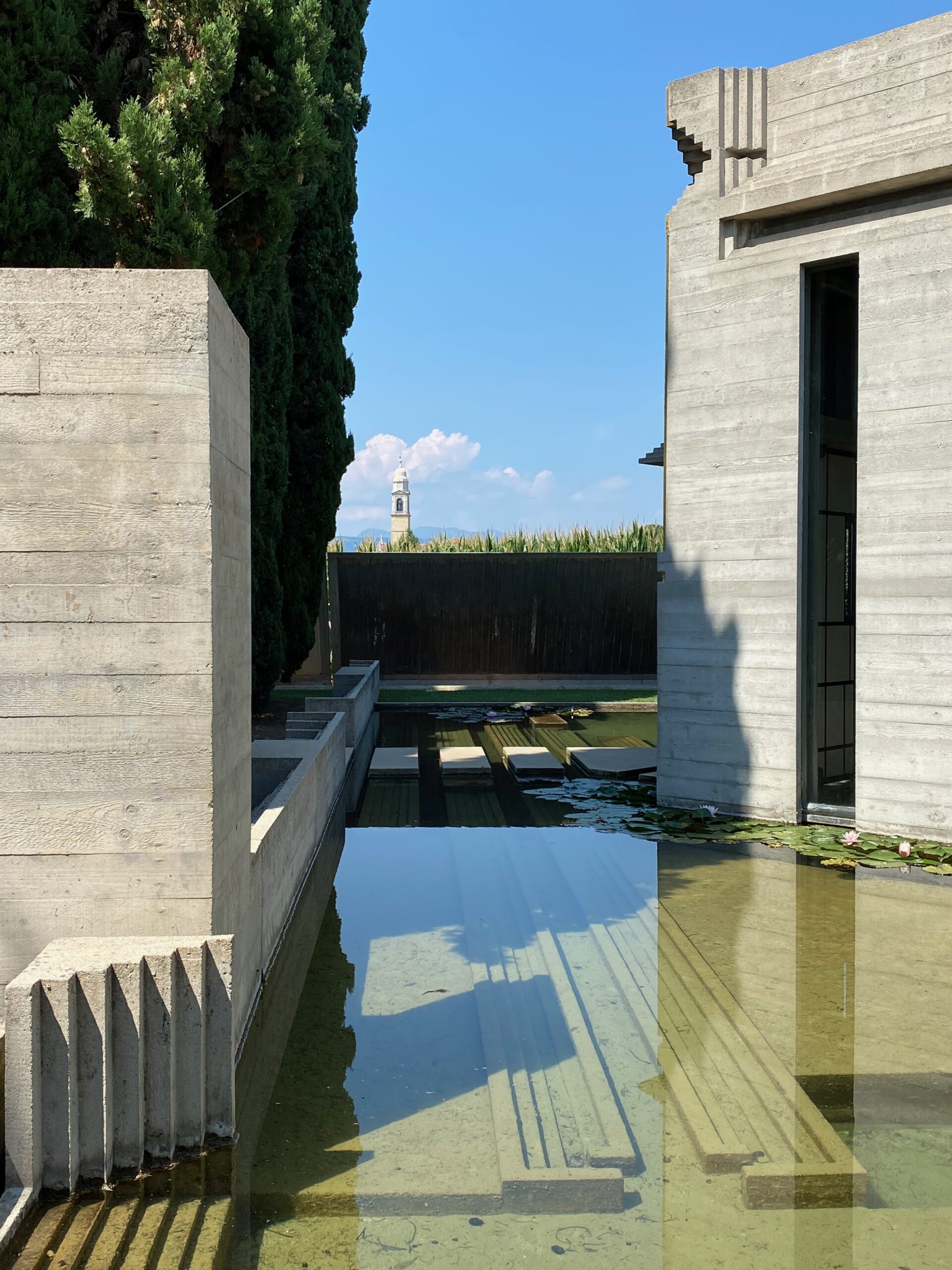
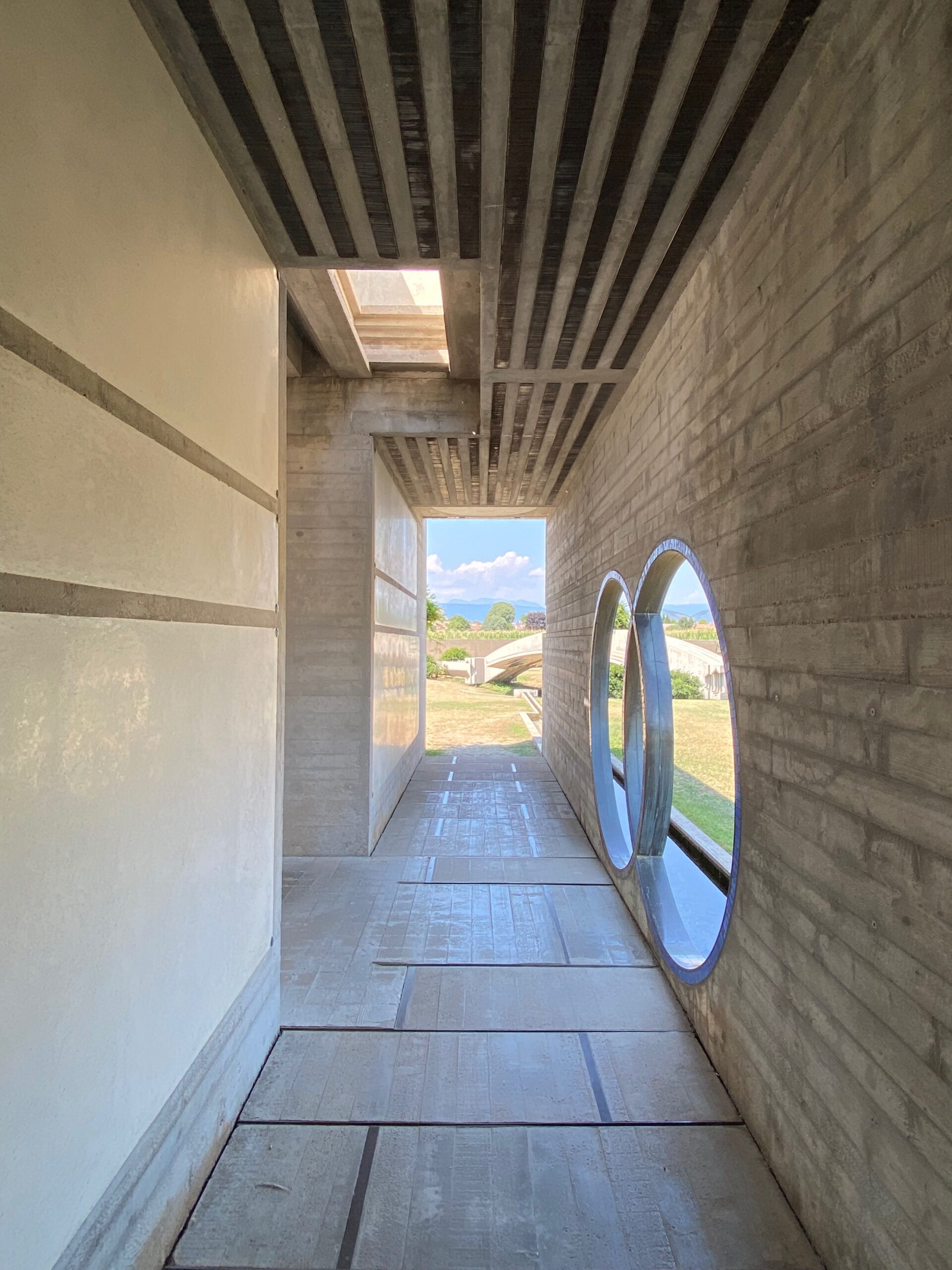
The tomb’s strongest icon is at its main entrance: two large intersecting circles, symbolizing the eternal love represented by the tombs of Onorina Tomasin and Giuseppe Brion, rest under a curved concrete roof inlaid with coloured mosaics.
From the circles, visitors turn right to admire the pavilion of meditation overlooking a serene pond of lily pads, or venture left to explore the tomb, the quiet grounds, and the light-filled chapel. Throughout the sanctuary, the concrete work is geometric and exquisitely wrought, highlighting Scarpa’s lifetime dedication to design, detail, and craftsmanship.


